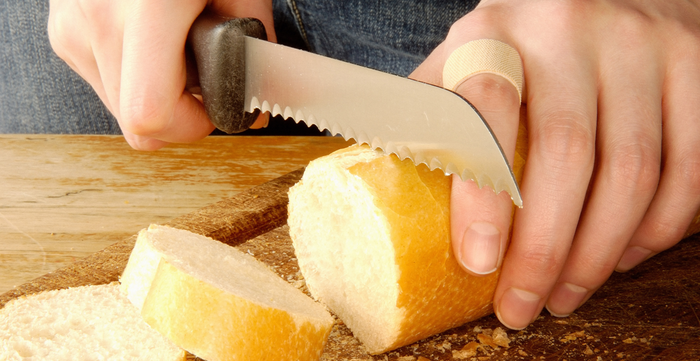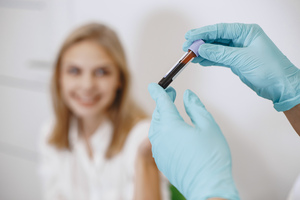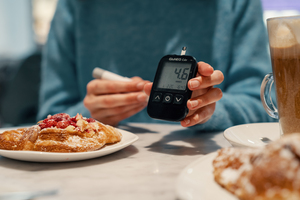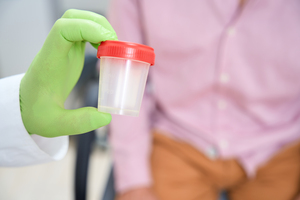Key points
- For kitchen cuts, apply pressure, clean the wound, apply disinfectant and cover with a bandage. Seek urgent care if bleeding persists.
- Treat minor burns at home with cool water and bandages, but seek emergency care for larger or more severe burns.
- Address slip and fall injuries with rest, ice, compression, and elevation (RICE). Seek medical attention for suspected fractures.
- For kitchen fires, use a fire extinguisher or smother with a pot lid or baking soda. Call the fire department if the fire cannot be quickly controlled.
- In case of fire, the article advises to have a fire extinguisher within reach, smother the fire with a pot lid or baking soda, and call the fire department if the fire is not quickly controlled.

It's happened to all of us. We're chopping vegetables or carving a gorgeous cut of meat when we slice ourselves instead of the food. Or we reach into the oven to check the casserole and forget to slip on the oven mitts. Sometimes, the sink full of dishes overflows, leaving a slippery puddle in the floor or we quickly turn a knob to the high setting when we meant to turn it off, and poof! Up goes the kitchen towel in flames. Here's how to address these kitchen emergencies:
1. Cuts
The first issue with a cut is the bleeding. Apply steady, firm pressure until the flow of blood stops. Then clean the wound with water to remove any debris. Apply a disinfectant or antibiotic cream, such as Polysporin. Cover with a bandage, and keep the dressing clean until the wound heals.
If the bleeding won't stop, seek urgent care. The longer you wait, the greater chance you have of developing an infection. A doctor should look at any cut that begins to look infected, showing signs of redness, drainage, fever, or swelling. Also, make sure your tetanus shot is up to date. If it's been more than five years since your last tetanus shot, get a booster shot.
2. Burns
Burns are among the most painful kitchen injuries, even when they're relatively minor. You can treat any first or second-degree burn less than three inches in diameter at home. If the burn is larger, or is on the face, groin, or other sensitive area of the body, seek emergency care. A first-degree burn involves only the outer layer of skin, and is usually red, swollen, and painful. A second degree burn goes through the first layer into the second layer of skin, and usually blisters.
Deeper or larger burns are third-degree burns, so do not treat these at home. To treat a first or second-degree burn, hold it under cool, but not cold, running water for ten to fifteen minutes. Protect it with a bandage, and keep the bandage clean and dry. Use over-the-counter pain relievers. Avoid ice, egg whites, and other home remedies, because these can lead to infection. Also, don't burst the blisters, because this also leads to infection.
3. Slip and Fall
Kitchen slip and fall accidents range from minor bumps or scratches to broken bones or dislocated joints. The most common injuries are contusions, sprains, and fractures. Treat contusions (bruises) with the RICE process: Rest the body part, apply Ice, use a Compress (pressure), and Elevate the body part.
Sprains can also benefit from RICE, plus a secure brace or bandage to protect the area until fully healed. If you suspect a fracture, due to intense pain, discoloration, and swelling beyond a normal contusion or sprain, visit an urgent care center for X-rays and treatment. Never drive if you're lost consciousness. Let someone else drive or call 911.
4. Fire
Grease is the most common cause of kitchen fires. Fire extinguishers rated for kitchen use should always be kept within easy reach. Smother the fire with a pot lid or baking soda. Use the fire extinguisher if you are unable to smother the fire. If you can't quickly gain control, leave the house and call the fire department for help. Never pour water on a grease fire.
The best treatment for kitchen accidents is preparation. Have bandages, antibiotic ointments, ice compresses, and fire extinguishers on hand at all times, so these minor accidents don't become major problems.
FAQs
How should I treat a cut in the kitchen?
Apply pressure to stop bleeding, clean the wound, apply disinfectant, and cover with a bandage. If bleeding doesn't stop, seek urgent care.
What should I do if I get a burn in the kitchen?
Run cool water over minor burns and cover with a bandage. If the burn is large or severe, seek emergency medical attention.
What should I do if I slip and fall in the kitchen?
Treat minor injuries with rest, ice, compression, and elevation (RICE). If you suspect a fracture, seek medical attention immediately.
How should I respond to a kitchen fire?
Use a fire extinguisher or smother the fire with a pot lid or baking soda. If the fire cannot be controlled quickly, leave the house and call the fire department.
What can I do to be prepared for kitchen accidents?
Keep bandages, antibiotic ointments, ice compresses, and fire extinguishers on hand at all times.
What is the most common cause of kitchen fires?
Grease is the most common cause of kitchen fires.
What should you do if you can't quickly gain control of a kitchen fire?
If you can't quickly gain control of a kitchen fire, leave the house and call the fire department for help.
What is the best way to prepare for kitchen accidents?
The best way to prepare for kitchen accidents is to have bandages, antibiotic ointments, ice compresses, and fire extinguishers on hand at all times.









